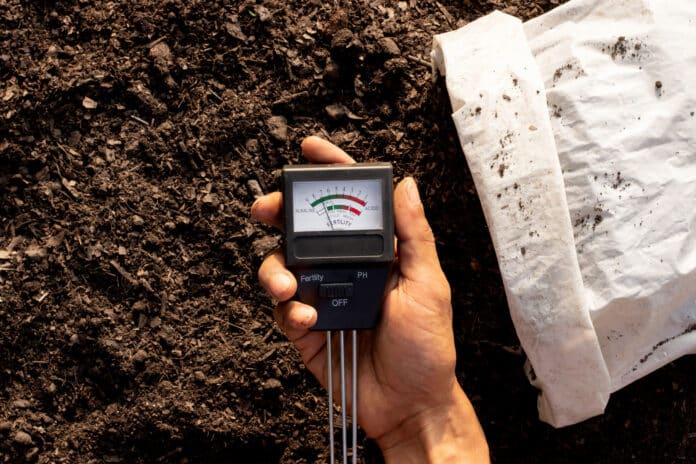Forests, grasslands, and other terrestrial ecosystems have played an important role in preventing human carbon emissions. Each year, the terrestrial biosphere absorbs 15% of the carbon in the atmosphere through primary productivity, returning nearly all of it through ecosystem respiration.
Under constant climatic, atmospheric, edaphic, and disturbance circumstances, these gross fluxes of photosynthesis and respiration would be expected to approach a long-term equilibrium.
The land carbon sink, which absorbs around one-third of anthropogenic carbon emissions annually, has significantly offset human carbon emissions. University of California Berkeley researchers warn that this capability is threatened by continued global change. The new study presents a comprehensive analysis of hundreds of scientific research articles. It explores the complex interactions between the Earth’s atmosphere and ecosystem.
These terrestrial ecosystems, collectively called the land carbon sink absorbs approximately one-third of anthropogenic carbon emissions annually and thus have effectively lessened the impact of greenhouse gas emissions linked to humans.
Environmental Science, Policy, and Management (ESPM) Ph.D. candidate Sophie Ruehr, lead author of the review, said, “Research has greatly advanced our understanding of the carbon cycle and the Earth’s capacity to regulate climate change. The land carbon sink has served as a buffer, offsetting significant human carbon emissions and helping stabilize the global climate.”
The land carbon sink has served as a buffer, offsetting significant human carbon emissions and stabilizing the global climate. The review found combining carbon fertilization and warmer temperatures in the northern hemisphere helped the land carbon sink double from the 1960s to the 2010s. Without this increase, the atmospheric concentration of carbon dioxide would have exceeded 500 parts per million by 2020.
Co-author Trevor Keenan, a professor in ESPM and scientist in the Climate and Ecosystem Sciences Division at Lawrence Berkeley National Laboratory, said, “We’ve been the beneficiaries of a built-in offset to climate change through the increasing natural land sink, But this natural capacity will likely run out.”
Deforestation, land-use changes, and climate-induced stresses like drought and extreme weather have continually reduced the land sink’s capacity to assimilate carbon. These trends are expected to worsen if human carbon emissions do not taper off, potentially causing the land biosphere to shift from a sink to a carbon source within the next several decades. Suppose the land carbon sink stops taking up a significant portion of our greenhouse gas emissions and shifts to a carbon source. In that case, researchers see a rapid increase in CO2 concentrations in the atmosphere, accelerating climate change.
The new study provides important information on climate change mitigation strategies and the future direction of the land carbon sink to decision-makers, academics, and environments. Implementing sustainable land management practices is one way to increase the land sink further and an essential part of the solution to the climate crisis.
Journal Reference:
- Ruehr, S., Keenan, T.F., Williams, C. et al. Evidence and attribution of the enhanced land carbon sink. Nature Reviews Earth & Environment. DOI: 10.1038/s43017-023-00456-3
